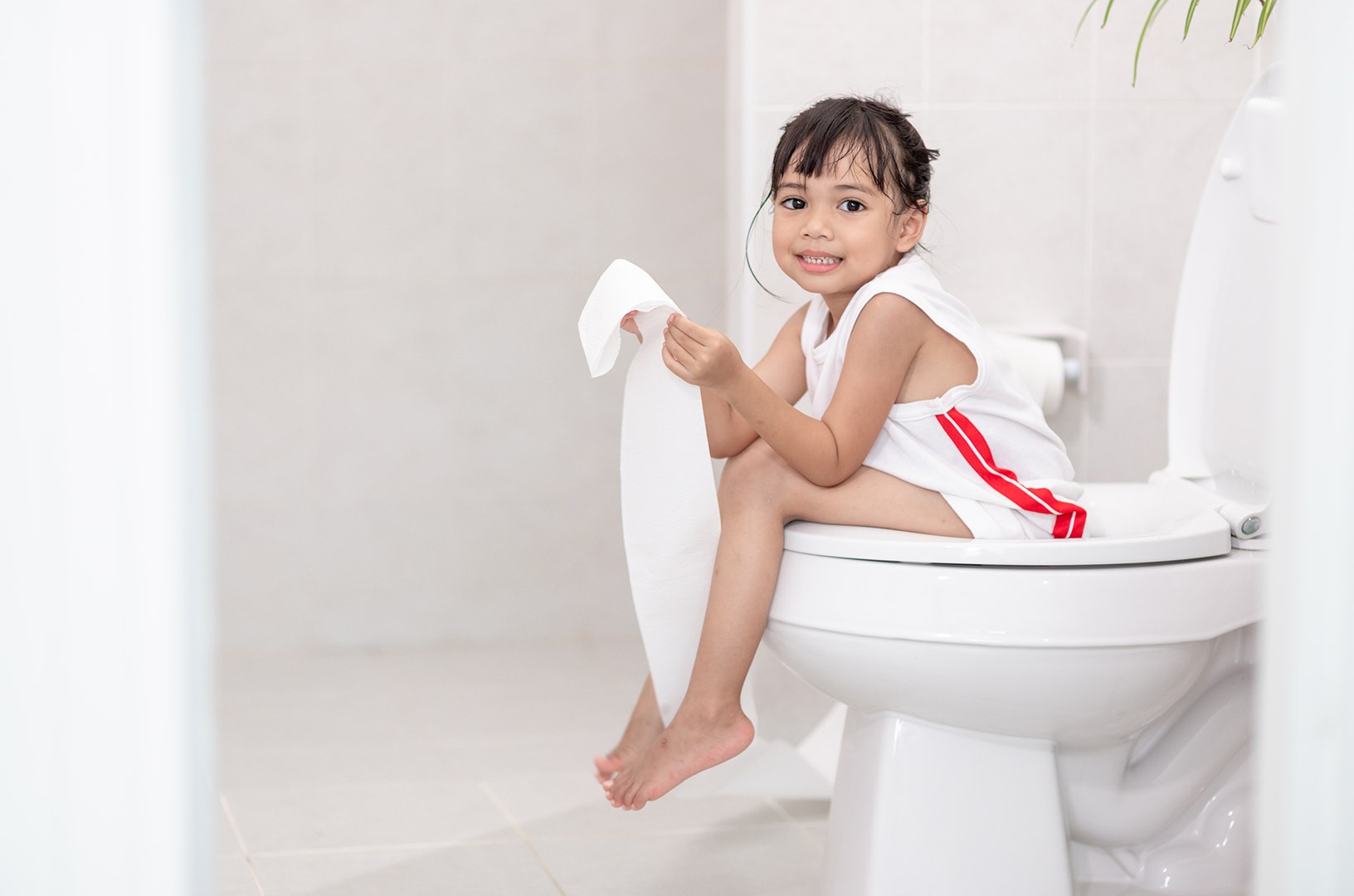Teaching daily routines to children with autism builds confidence, reduces anxiety, and helps families run smoothly. In this guide, we’ll show practical ways to teach daily routines to children with autism, using visual supports, task analysis, and sensory-aware strategies parents can apply at home and in school settings. Families near Phnom Penh can access structured, evidence-based support through OrbRom Center.
Start with one routine and make it visual
Pick the routine that will make the biggest difference—morning get-ready, mealtime, or bedtime. Break it into small, clear steps (task analysis), then present the steps with pictures or icons. A visual schedule reduces working memory load and gives a predictable path to success. If your child struggles with waiting between steps, use a visual timer and practice short, successful “waits.” (Helpful reads: Teach a Child with Autism to Wait, Supporting Daily Routines Through Occupational Therapy.)
Use consistent prompts—and fade them
Model the step, then guide your child with the least intrusive prompt that still works (gesture → verbal cue → physical prompt if needed). As mastery grows, fade prompts so independence replaces adult help. Pair each success with specific praise (“Nice job brushing for two minutes!”) to reinforce the routine. For language-based steps, short, consistent phrases help; speech-language strategies can also support clarity in multi-step directions (see How Speech Therapy Supports Daily Routines).
Build sensory-smart routines
Some children resist routines because of sensory factors—bright bathroom lights, toothpaste taste, scratchy clothing. Identify triggers and adjust the environment first: dimmer lighting, preferred toothpaste, soft fabrics, or a calming “heavy work” activity before dressing. A simple home “sensory diet” can prime the body for success (start with Creating a Sensory Diet Schedule and Sensory Processing in Autism).
Coach independence with tools
-
First–Then boards: “First wash hands, then play.”
-
Checklists: Children tick off each completed step for instant feedback.
-
Timers: Help with pacing and reduce negotiations.
-
Routine bins: Keep all needed items together to remove searching/frustration.
For self-care goals like toileting, combine visual steps, timed sits, and positive reinforcement (guide: Toilet Training for Autistic Children).
Review, generalize, and celebrate
When the routine works at home, practice it at school and community settings so skills transfer. Review weekly: Which step is still hard? Do we need a different visual, a shorter step, or a sensory warm-up? Keep celebrating progress—independence grows through many small wins.
How OrbRom Center can help
OrbRom Center provides Occupational Therapy to build daily living skills through graded, play-based practice, visual supports, and sensory regulation strategies. If you’re unsure where to start, our Assessments identify strengths, barriers, and the exact steps to make routines stick. For children needing intensive, structured practice, our Special Needs Intensive Intervention offers one-on-one, data-driven support. Families in Phnom Penh can book a consult to create a personalized routine plan that fits home and school.
Bottom line: Teaching daily routines to children with autism is most effective when steps are visual, prompts are consistent and fading, and sensory needs are respected. Start small, measure progress, and build independence one step at a time.






